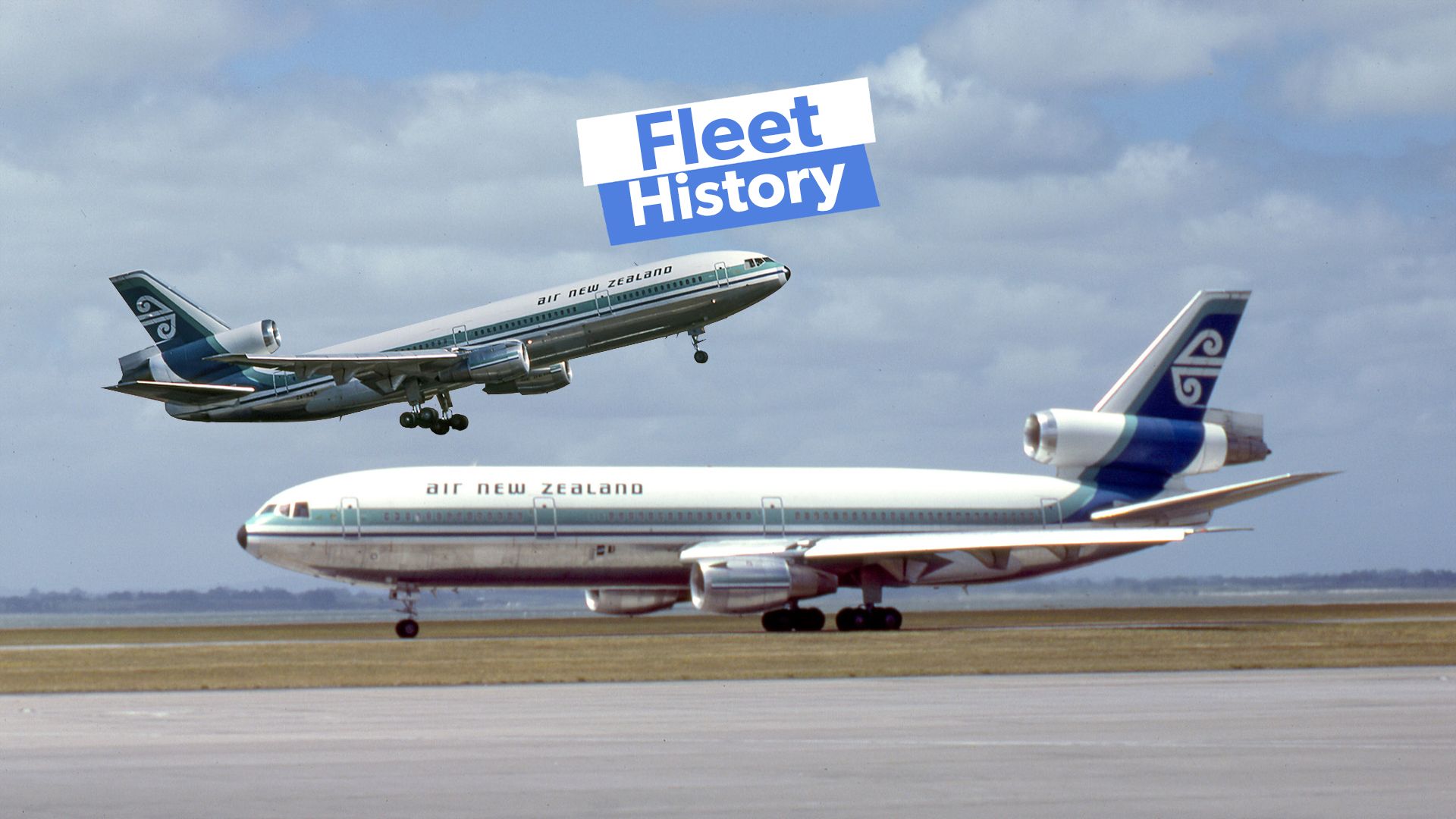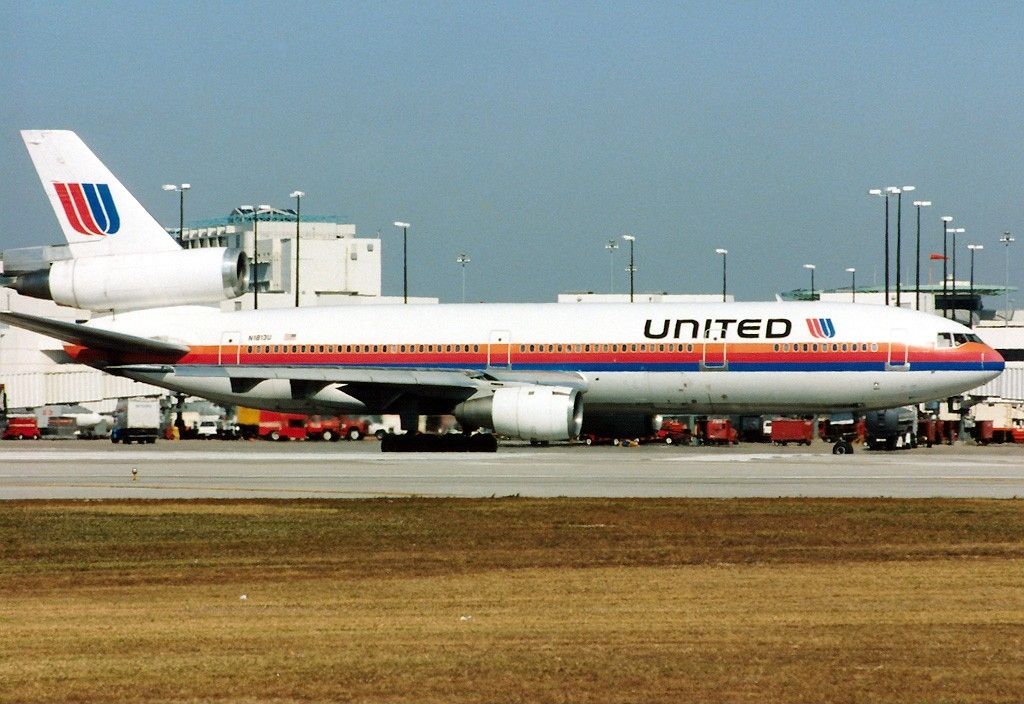Summary
- Air New Zealand operated eight DC-10s between 1973 and 1983, with the last one added in 1977.
- Tragedy struck in 1979 when ZK-NZP crashed into Mount Erebus, killing all onboard.
- Six of the DC-10s left Air New Zealand between 1981 and 1982, serving various airlines worldwide.
Did you know that Air New Zealand used to operate the three-engined McDonnell Douglas DC-10 widebody? The carrier has been flying under its current name for almost six decades, so the trijet’s nine-year spell at New Zealand’s national airline could easily be forgotten. It operated up to eight DC-10 aircraft between 1973 and 1983. With this in mind, let’s see where these aircraft ended up.
1970s arrivals of the DC-10
The McDonnell Douglas DC-10 was a product of the 1970s, with the type first flying in August 1970 before entering commercial service a year later. ATDB.aero shows that Air New Zealand received all eight of its DC-10-30 aircraft in the middle part of this decade, with the brand-new trijets coming straight from the factory.
The first pair (ZK-NZL and ZK-NZM) came onboard in 1973, arriving in January and September of that year. 1974 saw two more arrivals at opposite ends of the year, with ZK-NZN joining in January, followed by ZK-NZP in December. The pattern continued in 1975, with the arrival of ZK-NZQ (February) and ZK-NZR (October).
After this, the remaining arrivals slowed down to a rate of just one incoming aircraft per year. ZK-NZS represented Air New Zealand’s penultimate DC-10 arrival when it came onboard in 1976 before ZK-NZT completed the set in November 1977. Sadly, it wouldn’t be long before Air New Zealand lost its first DC-10.
Tragedy strikes – losing the first DC-10 in 1979
In November 1979, while operating a sightseeing round trip set to start and end in Auckland (via a refueling stopover in Christchurch), ZK-NZP crashed into Antarctica’s Mount Erebus. According to the Aviation Safety Network, there were 237 passengers and 20 crew members onboard, all of whom died in the crash. The official accident report attributed the cause to pilot error, but a government inquiry later revealed a navigation error by the airline.
With 257 fatalities, it was the worst plane crash in New Zealand’s history as well as the deadliest ever to have occurred in Antarctica. ZK-NZP was just five years old and had amassed 20,763 flight hours at the time of the disaster. As it happened, this would not be the only Air New Zealand DC-10 destroyed in a crash.
Another DC-10 was lost in a crash in 1982
Air New Zealand unfortunately also lost a second DC-10 in a crash – although thankfully, this was not so serious.
After leaving Air New Zealand in October 1982, ZK-NZL joined American Airlines and was re-registered as N136AA. In May 1988, the aircraft was written off after its nose gear collapsed during a runway overrun in Dallas. Fortunately, despite overshooting the runway at a speed of 95 knots (176 km/h), there were no fatalities onboard.
Where did the rest of the aircraft end up?
The six Air New Zealand DC-10s that weren’t ultimately destroyed all left the fleet between April 1981 and December 1982. Today, of course, the fleet has changed significantly, and Air New Zealand operates a Boeing-dominated widebody fleet with Airbus narrowbodies. It also maintains a large turboprop fleet, with the Dash 8 and the ATR 72-600.
Looking at the fate and later service of its DC-10s:
- ZK-NZN was the first to leave the carrier, doing so in April 1981. It flew for Western Airlines, Fiji Airways, and American Airlines before being withdrawn in April 2002.
- ZK-NZS and ZK-NZT were the next to leave, departing for LAN Chile in June 1982.
- A month later, in July 1982, ZK-NZM joined American Airlines.
- ZK-NZQ also joined American Airlines the same way in September of that year.
- The final departure represented an outlier, with ZK-NZR transferring to French carrier Union de Transports Aériens (UTA) in December 1982. It also went on to serve LAM Mozambique, Air Martinique, Air Liberté, and Cubana before being withdrawn for scrapping in 2002.
The DC-10 with other airlines
Air New Zealand, of course, was only a minor operator of the DC-10. In total, 386 aircraft were built (plus 60 more KC-10 variants).
It was popular in the US (with airlines looking for a widebody plane to take on transcontinental services) – American Airlines operated over 60 aircraft, United Airlines around 50 aircraft, and Delta Air Lines 15. Air France, British Caledonian, Swissair, and KLM had sizable fleets in Europe.



